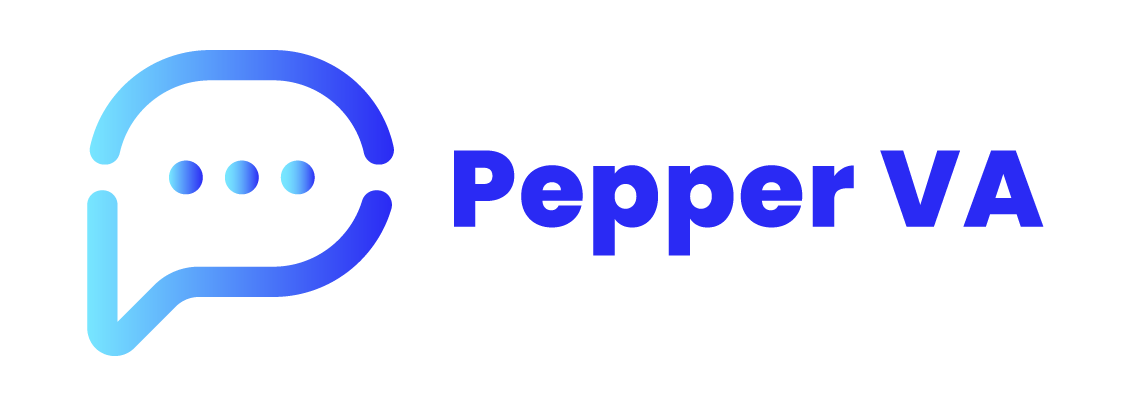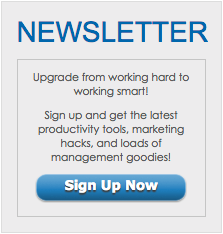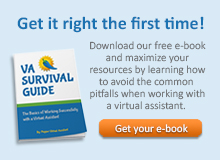A teammate quietly delivers on every project, but their effort disappears behind the noise of meetings and deadlines. Another carries extra tasks without saying a word until the late nights start showing. Over time, these patterns stay hidden, and the remote team risks losing its strongest performers.
This article shows how visibility helps you protect your strongest performers with fairness and recognition. Employer monitoring software gives you the facts you need to act early and keep performance sustainable.
Where Blind Spots Undermine Top Performers
In remote and hybrid setups, not every contribution is easy to see. The effort of top performers often goes unnoticed, and what should be recognition or balance turns into unfair pressure.
These blind spots show up in four ways:
- Hidden Effort: High-value contributions often happen out of sight, leading to missed recognition.
- Uneven Recognition: Praise can lean toward those who speak up most, not those who deliver the most.
- Silent Overload: Consistently reliable teammates may quietly absorb extra work until burnout hits.
- Unclear Accountability: Without visibility, it’s hard to prove who drove results when outcomes are shared.
How to Use Visibility to Recognize & Protect High Performers
Safeguarding top performers isn’t about rewarding the loudest voice. It’s about using clear visibility to highlight real effort, protect against overload, and make recognition feel fair.
Here’s how to use visibility to keep recognition fair while safeguarding your top performers:
1. Spot Effort That Often Gets Missed
Top performers aren’t always the ones speaking the most in meetings. Many contribute through deep focus or problem-solving in the background. Visibility helps you notice that effort, even when it isn’t loudly shared.
When unseen effort piles up, top performers lose motivation fast. Recognition drifts toward the loudest voices, while the ones driving real progress fade into the background. That drop in fairness spreads across the team.
Build a weekly review of activity patterns alongside outcomes, then highlight the tasks that required extra focus or problem-solving. This simple practice turns visibility into recognition that feels earned and specific.
How can remote workforce software surface unseen effort?
Remote workforce software highlights consistent deep-focus patterns that might otherwise go unnoticed. One teammate’s sustained work in a core system could surface, which might prompt you to spotlight their contribution during your next team sync.
2. Balance Recognition With Facts
Recognition often leans on perception, and perception can be biased. Visibility creates an objective layer, showing what was done, when, and by whom. This grounds recognition in facts, not gut feel.
Without visible proof, recognition often drifts toward perception. Credit gravitates to those who talk the most, while the teammates carrying the weight disappear from view. That unfair split breeds resentment and drags down morale.
Set regular checkpoints to review effort logs and outcomes together. Call out specific tasks each teammate completes so the recognition feels earned and verifiable. That fairness motivates everyone to keep delivering.
How can a remote workforce solution support fair recognition?
A remote workforce solution ties specific outputs to individual effort, so credit goes where it’s due. If two teammates were to contribute to the same project, the tool could clarify who delivered which part, which might give you evidence to make recognition fair.
3. Protect Against Quiet Overload
Reliable teammates often take on more because they rarely say no. Without visibility, you may only notice their overload once quality drops or burnout sets in. On average, about 1 in 4 employees worldwide say they’re dealing with burnout symptoms.
That strain builds quietly until it breaks focus across the whole team. What starts as hidden overload ends up costing quality and momentum.
Review activity patterns alongside logged hours to spot uneven distribution. Use that visibility to adjust workloads early so effort stays balanced and sustainable.
How can remote employee monitoring software flag early signs of overload?
Remote employee monitoring software surfaces extended activity streaks and longer-than-usual work hours. You might notice one teammate logging longer hours than others, which could prompt you to redistribute tasks before the workload becomes too heavy.
4. Make Accountability Transparent
Accountability often blurs in remote and hybrid setups, especially when outcomes are collective. Visibility shows who did what, so everyone can see accountability clearly.
Without visibility into who did what, credit and blame get blurred. Top performers feel stuck carrying others, while quieter teammates are unfairly blamed. The lack of clarity creates tension and distrust that lingers.
Use a weekly review, during which teammates can see their data and the bigger picture. This transparency makes accountability something everyone shares. It also helps protect those who work hard from being ignored.
How can employee monitoring software reinforce accountability?
Insightful (ex Workpuls) employee monitoring software records effort at the individual level while presenting it in a shared view.
Daily logs of research, drafting, and edits could surface side by side. That might prompt you to show the team exactly how each person’s input built the final report, making accountability clear and shared.
5. Keep Recognition Fair With Smart Tools
A monitoring tool gives you the facts you need to protect top performers, keep recognition balanced, and prevent overload from being ignored.
Here is how a monitoring tool helps you reinforce fairness:
- Effort Tracking: Highlights consistent focus patterns so meaningful contributions don’t get overlooked.
- Outcome Mapping: Links individual effort to shared outputs, keeping recognition fair across the team.
- Activity Alerts: Flags extended work hours early, giving you the chance to step in before overload takes hold.
- Shared Dashboards: Put everyone’s effort on the same page, so accountability is clear and recognition is based on facts.
Conclusion
With visibility, you recognize effort, prevent overload, and keep accountability fair. A monitoring tool makes these practices consistent, turning fairness into part of how your team works every day. The result is a remote and hybrid setup where focus stays sharp, recognition feels earned, and top performers thrive.





